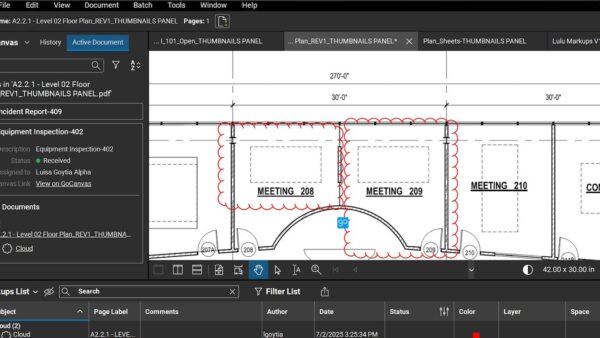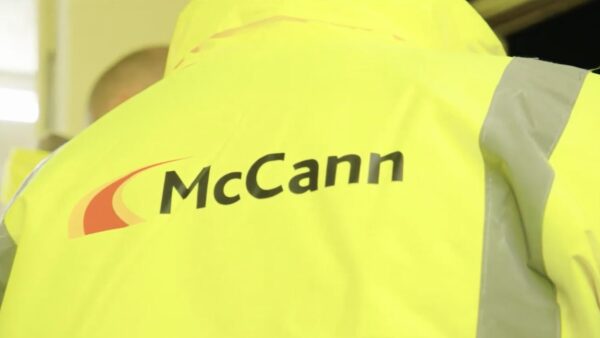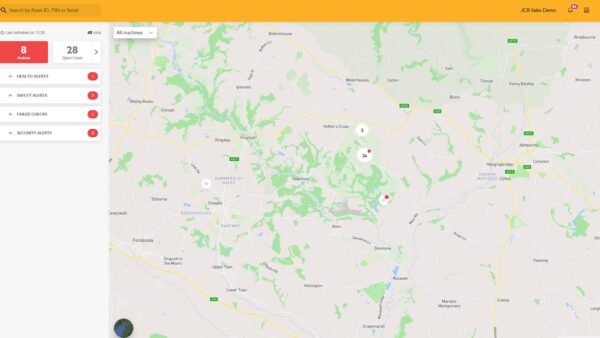Getting the fire safety profession to embrace digital information management is still a challenge, says Aman Sharma MBE, chair of BSI’s strategic fire safety committee for the built environment. He tells Will Mann how golden thread guidance update BS 8644-1 can assist.

Will Mann: The ‘golden thread’ of information is central to the new safety regime. Where are we up to with guidance and standards development?
Aman Sharma: There are now several guidance documents that set out how dutyholders can meet their obligations under Regulations 31 and 38 of the new Higher Risk Buildings Regulations. These duties, around handing over fire safety information, are part of the broader obligations under the Building Safety Act.
It was a shame, though, that the government didn’t adopt one of the key recommendations from the Golden Thread Working Group – which was to create a dedicated deliverable: a golden thread strategy.
This could have acted as a central document outlining how information is managed throughout a building’s lifecycle. In BIM terms, you might compare it to a BIM Execution Plan – something that clearly communicates to the Building Safety Regulator how dutyholders are planning to, and have already, met their responsibilities across Gateway 1, 2, and 3 in the case of high-risk buildings.

“The golden thread is about just two things: the process – how you manage information – and the information itself. BS 8644 brings those two elements together.”
Information management often plays a secondary role in submissions to the Building Safety Regulator, and that’s unfortunate. Dame Judith Hackitt’s review made it very clear that the golden thread was intended to be the cornerstone of the new regime. Information is a valuable commodity. It’s an asset in itself. And this becomes especially apparent in the context of fire safety.
It is regrettable that the regulations don’t provide a clear method for setting out an information management approach. But that doesn’t prevent practitioners from using available industry guidance. The Construction Leadership Council’s golden thread guidance, published last year, is a good starting point.
I also regularly point people towards the UK Information Management Framework, which sits under the government’s wider information management initiative.
WM: What is the intended role for BS 8644-1?
AS: BS 8644-1 was published in August 2022 to define what good information management looks like in fire safety. It received a mixed reception, which is being generous. Some in the information management community misunderstood its purpose. It was never intended to be ‘the golden thread standard’. The golden thread is broader than just fire safety. Still, 8644-1 provides a foundation for aligning fire safety practices with structured information processes.
To clarify its role, I convened a small group from nima, who reviewed the standard and proposed a path forward. Their work has laid the blueprint for updating BS 8644. The original plan was always to develop a series, which is why the first document is called Part 1. We now expect to see a revised Part 1, and the creation of Parts 2 and 3 to expand on this foundation.
Ultimately, our goal is a consistent, standardised approach to managing fire safety information. That should be achievable. And at its core, the golden thread is about just two things: the process – how you manage information – and the information itself. BS 8644 brings those two elements together.
WM: You say that the golden thread is quite a simple concept. Do you think people in the UK construction industry grasp it?
AS: What’s been particularly interesting is that most early adopters of BS 8644-1 have been overseas – in places like the UAE, Singapore, Australia, and even parts of the Americas. These regions seem to lack a counterpart to 8644’s structured framework for fire safety information management, so they’ve been quick to take up parts of the standard.
In many cases, they aren’t using the whole document, but adapting elements instead, for example, using it to define who’s accountable for fire safety information, how that information is exchanged, and at what points in a project. That’s exactly how standards should be used: intelligently and flexibly.
In the UK, adoption has been more limited. Getting the fire safety profession to embrace digital information management is still a challenge. As Dame Judith Hackitt highlighted, this was an issue even during the analogue era.
The deeper challenge is bringing together two disciplines – fire safety and information management – that haven’t traditionally worked in sync. BS 8644 is intended to bridge that gap and offer a shared structure and language.















